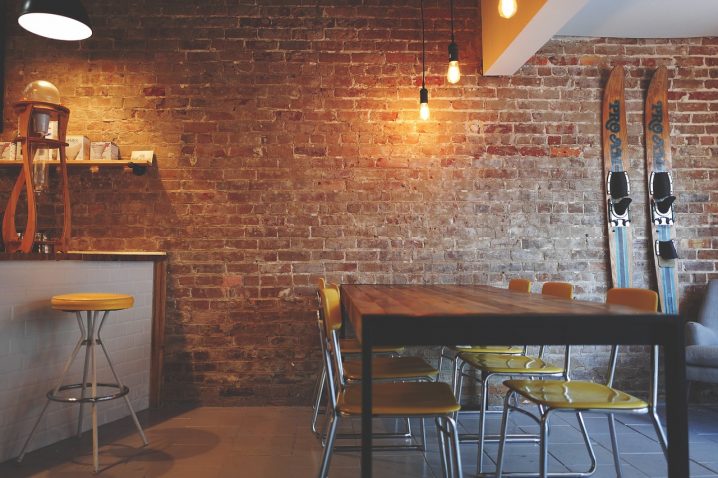The United States sees incredible growth in the restaurant industry year after year. In 2017, the nation enjoyed dining out at nearly 650,000 locations across the country. This number is a slight dip from the previous year, but does nothing to shake the fact that the old adage of rapid restaurant failure is actually false. Restaurants actually maintain good financial numbers overall, and a savvy proprietor can keep the doors open for far longer than that arbitrary, one-year metric often used to criticize the choice to open an eatery.

Begin with the face
There are two practical steps to attracting and keeping customers at your restaurant — an eye catching venue, followed up by great food. Building an attractive establishment isn’t difficult, but it does require some time and effort. You really need to think about the visual pairing that you want your customers to associate your food and experience with. In a southwestern grille, you might want to add the essential cowboy or pepper-themed décor (think: a dichotomy of your local chain restaurants). At a chic venue trying to capture a more artsy vibe, pop art canvases may be more appropriate to set the mood for your diners. Finding the right artwork or wall dressings should be the first step in your plan. You want to put a great face on your restaurant by curating the things your guests are likely to look at first: the decorations that adorn the façade and internal walls of the establishment.
Choose appropriate furniture
Choosing tables, chairs, booths, and even cutlery is a critical step in designing the experience of your restaurant. Finding a supplier like Vega Direct that offers competitive pricing as well as a large catalogue of styles and varying equipment is the best place to start. Primarily, finding a single supplier than can meet all of your needs in this arena will cut down on your costs and help you achieve stylistic unity across all of the items that your customers will touch, see, or use during their time sitting at your table.
Incorporate kitchen and bar elements early
Deciding where to place your kitchen, and making the choice on bar inclusion should come early in your planning. Once these elements are checked off, you can begin to work the remaining areas of your layout in around these essentials. Not all restaurants include a bar area, but these are a great way to engage customers that haven’t been seated yet, or are not planning to eat a full meal. Unlike a bar, every restaurant needs a kitchen, and this must be placed in an area that is both easy to access yet out of the way in order to help streamline the flow of your customers around the dining space. Planning these early in the process will help cut down on later edits to the layout that may become costly if already executed in the floor plan.
Don’t skimp on professional help
Unless you have a long history of restaurant management, finding a partner to help in design and arrangement of your business is a must. No matter where you are in the planning phase of building your dream, if you find yourself questioning a decision, unsure of how to proceed, or simply concerned about a choice you have made, find professional design help. Finding a design expert to assist in your build will ensure an efficient and tasteful use of the space.
The layout of your restaurant is one of the most important aspects of your customers’ dining experience. A hastily built space will turn away repeat customers, but a little effort and foresight into what your typical diner may enjoy will help bring back diners weekend after weekend, building your success from the ground up.
Consider these tips when establishing your restaurant. By starting your venture on the right foot, you’ll save yourself time and money for adjustments down the line.



